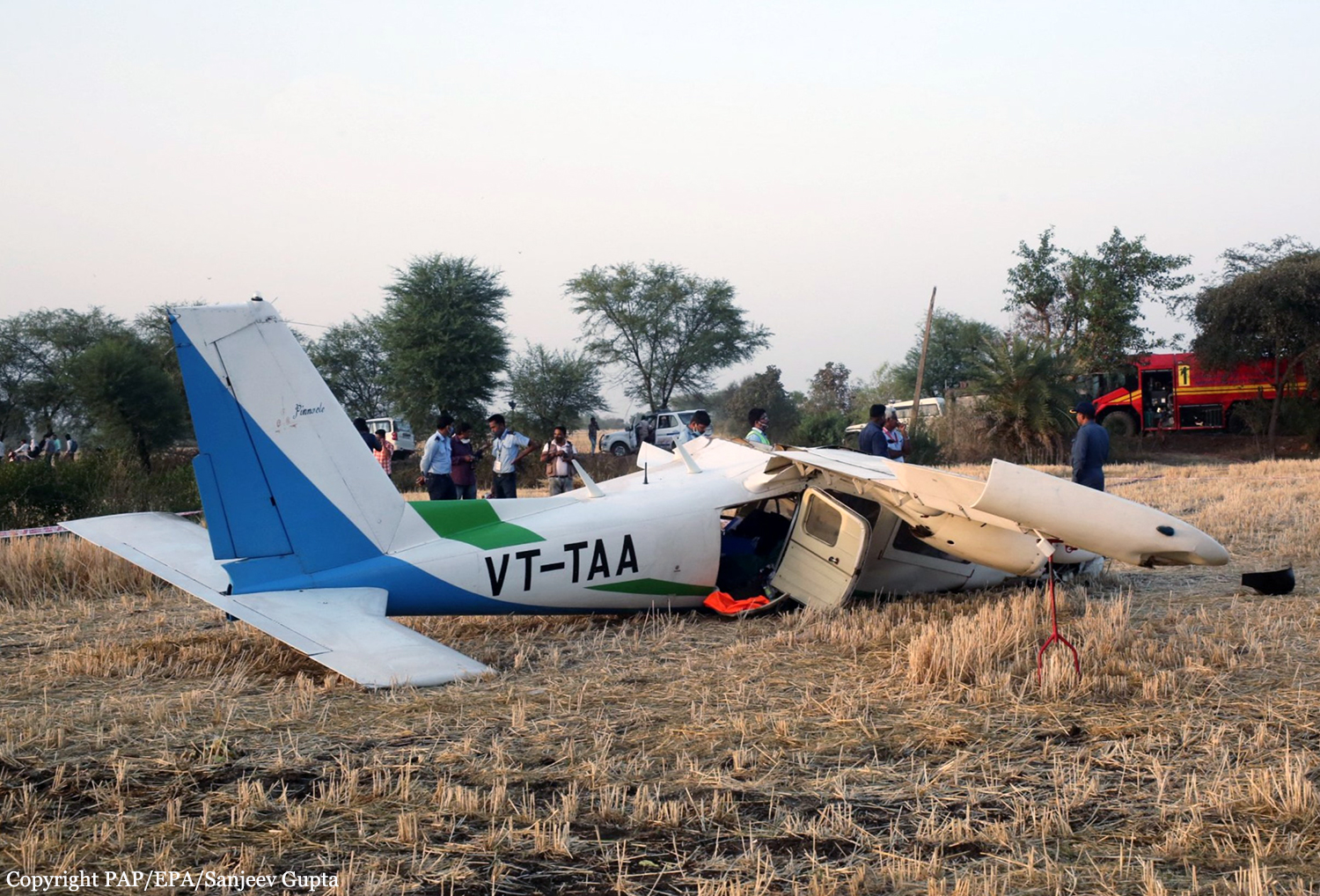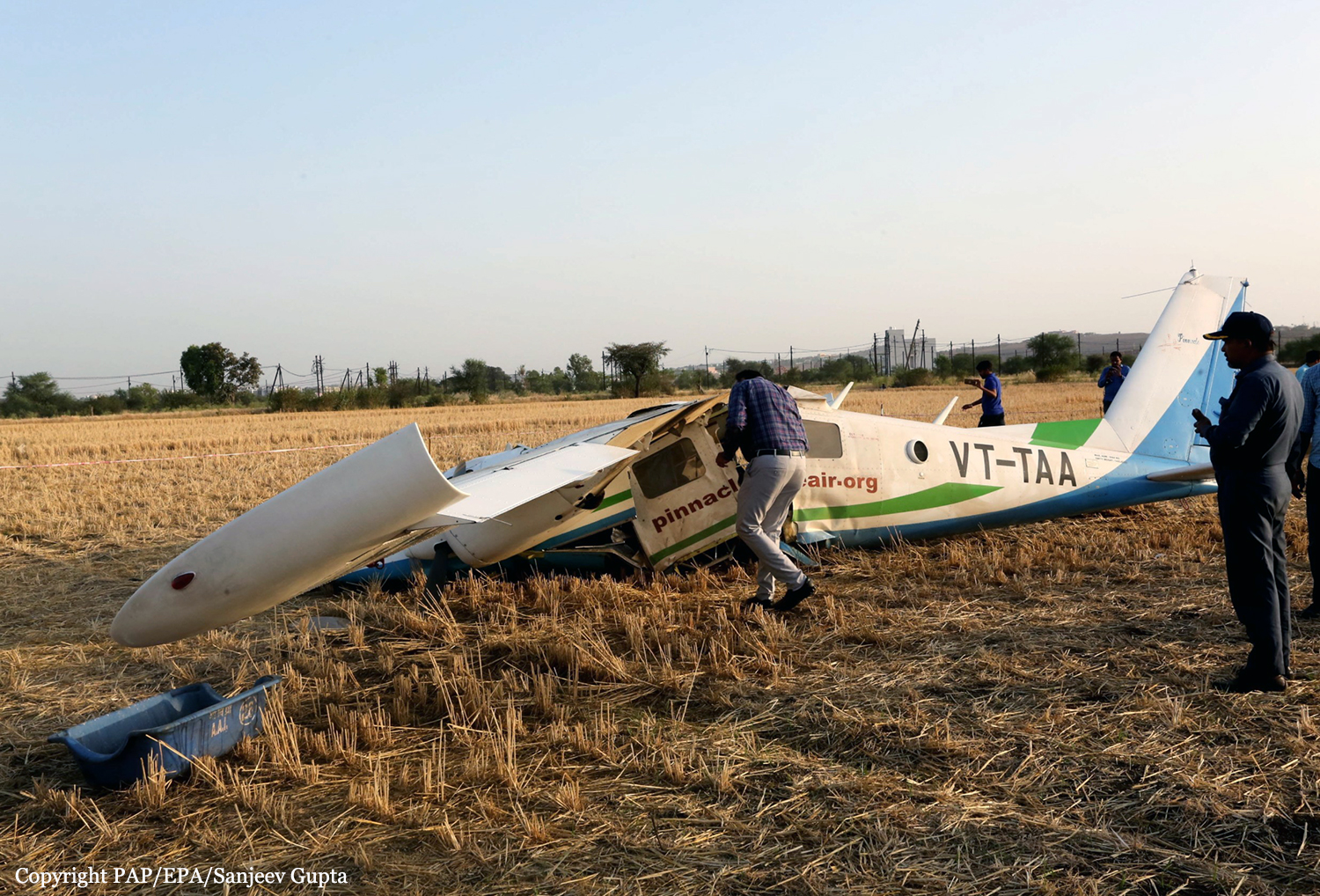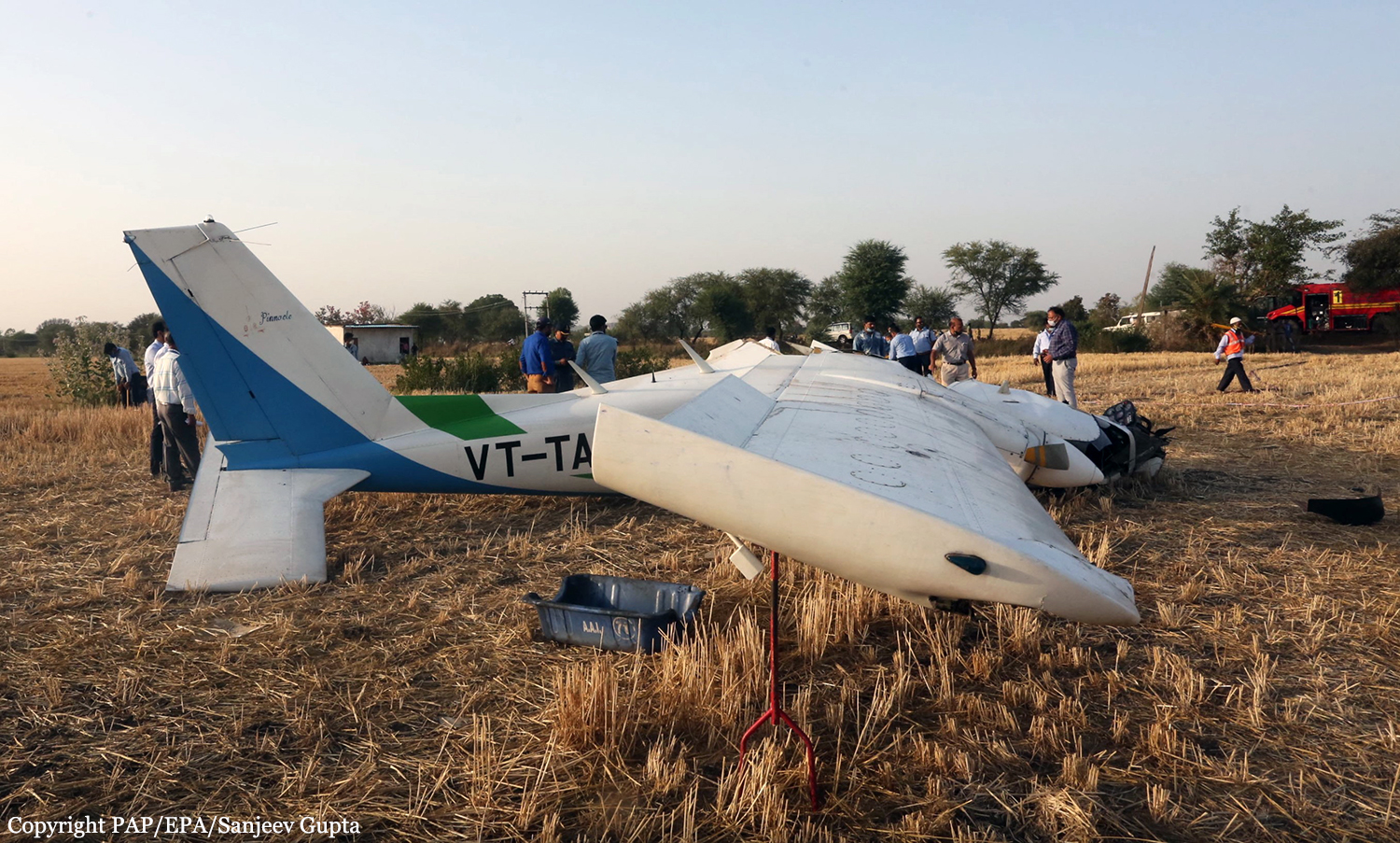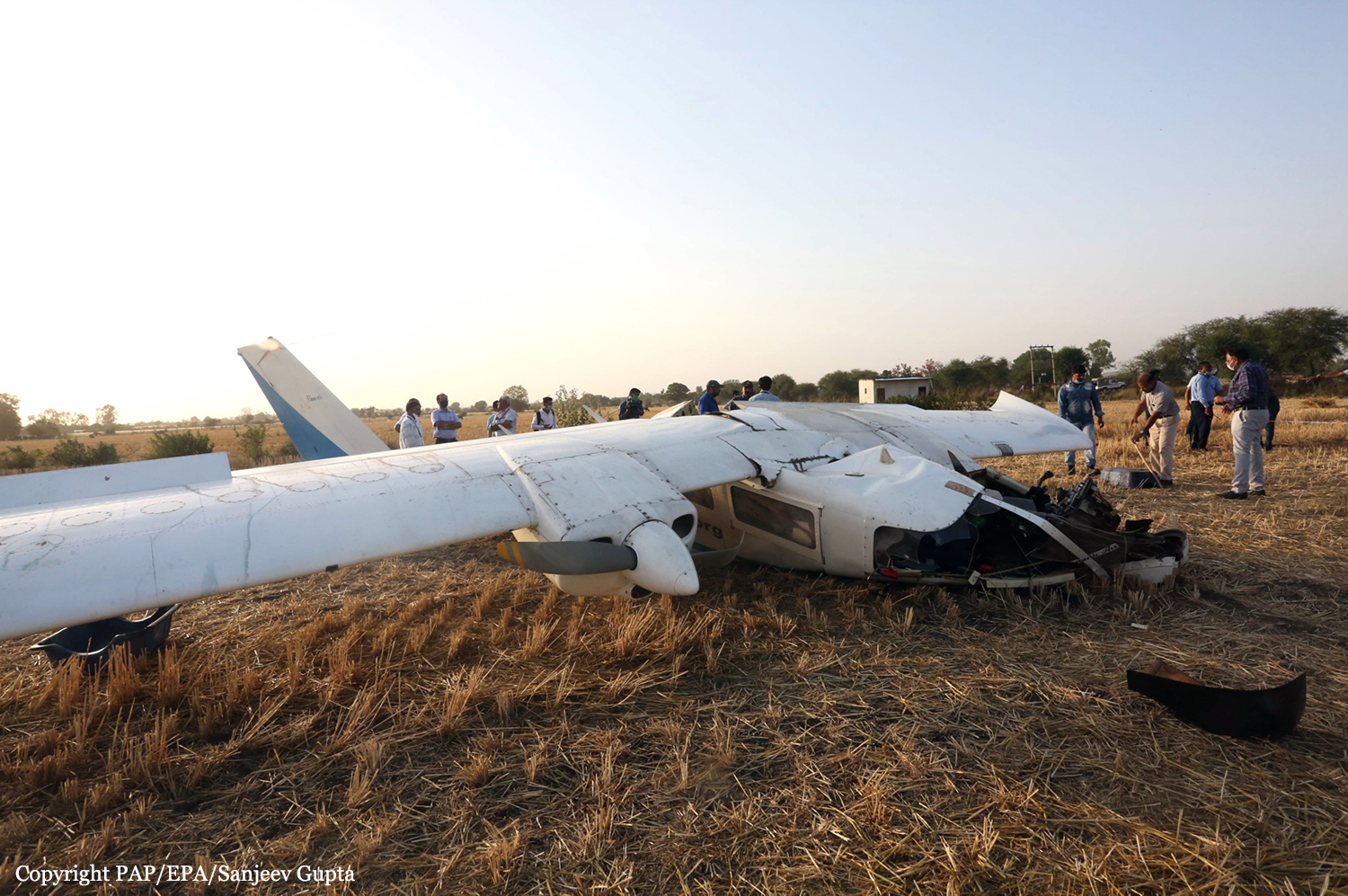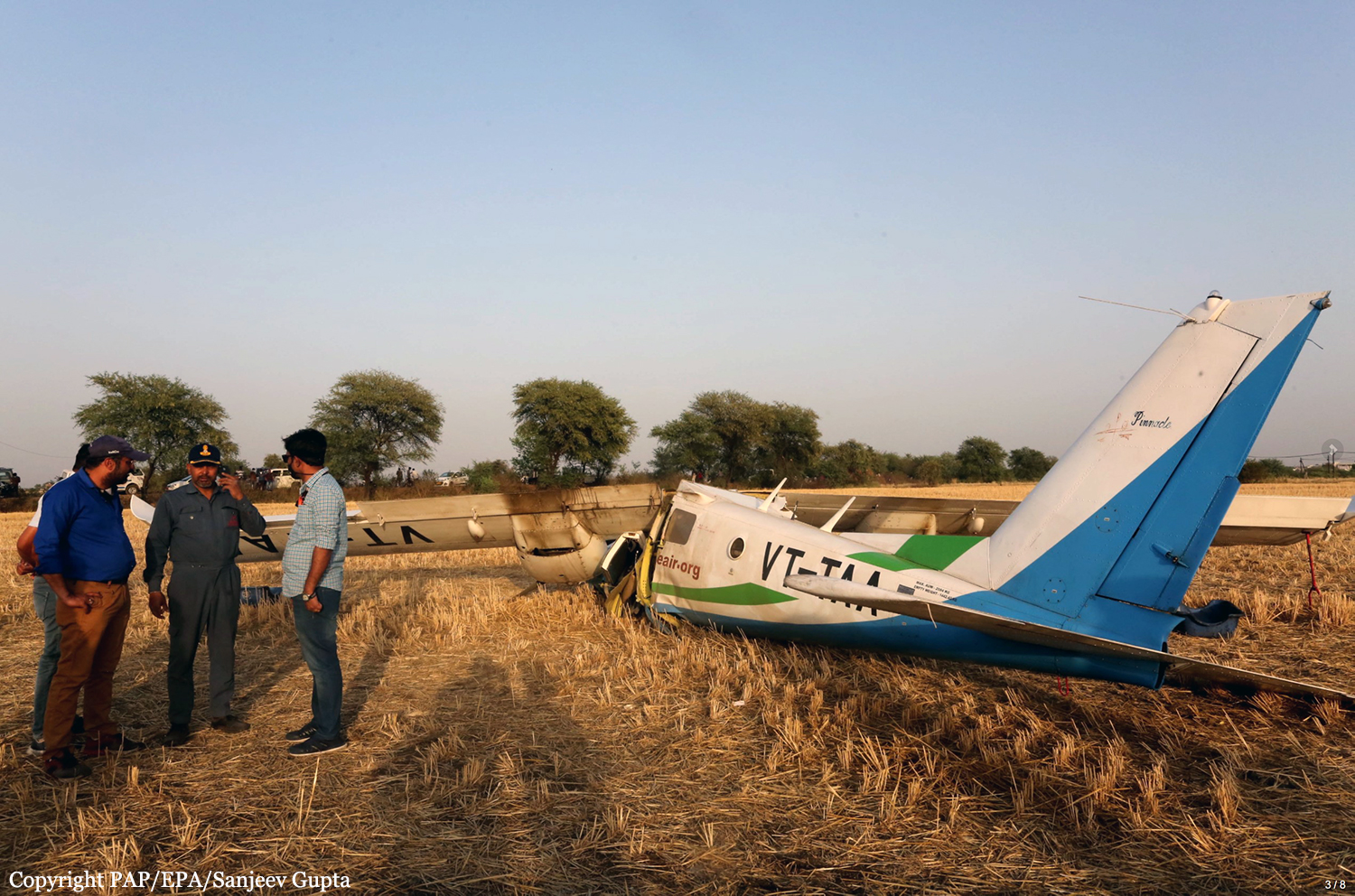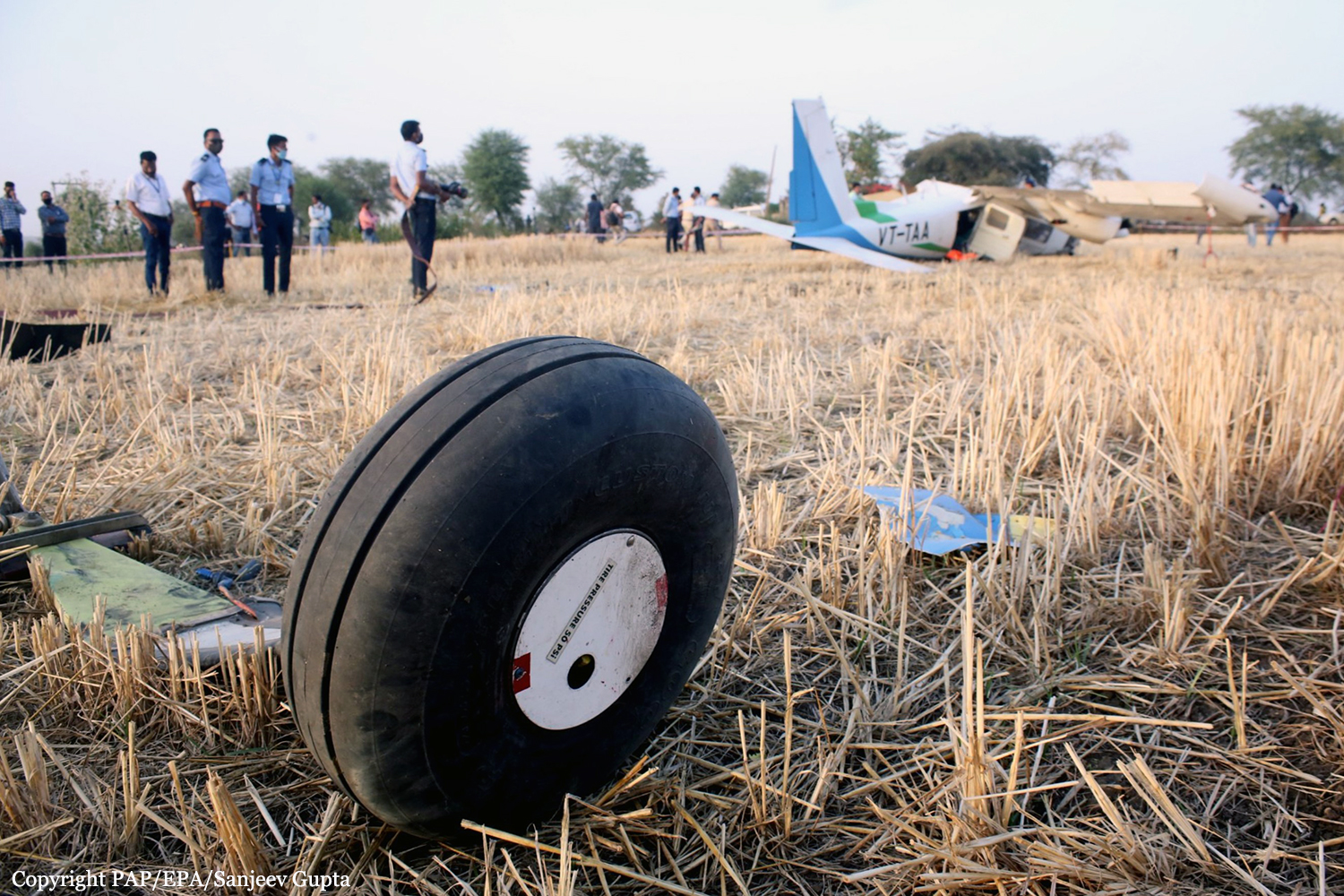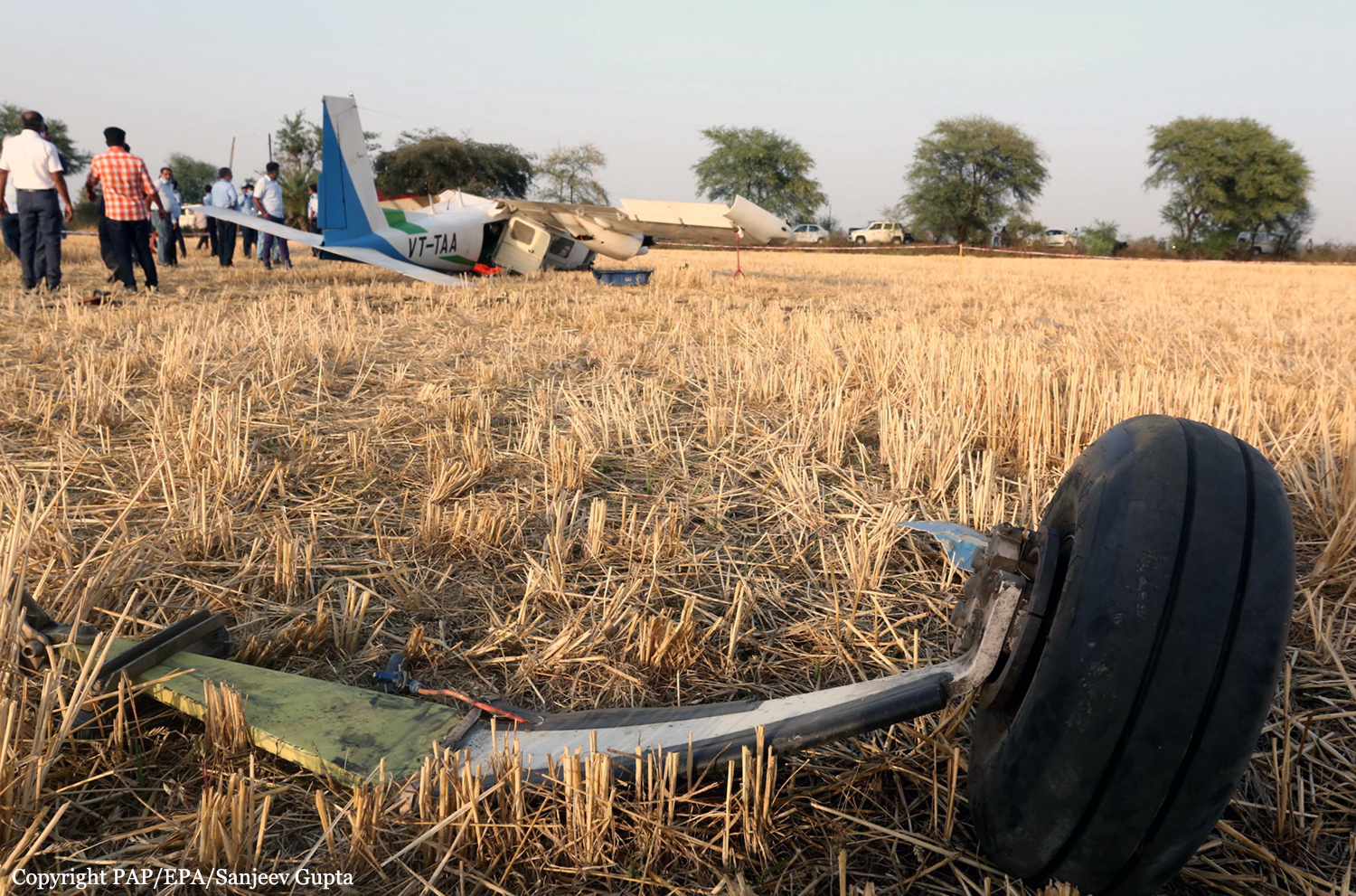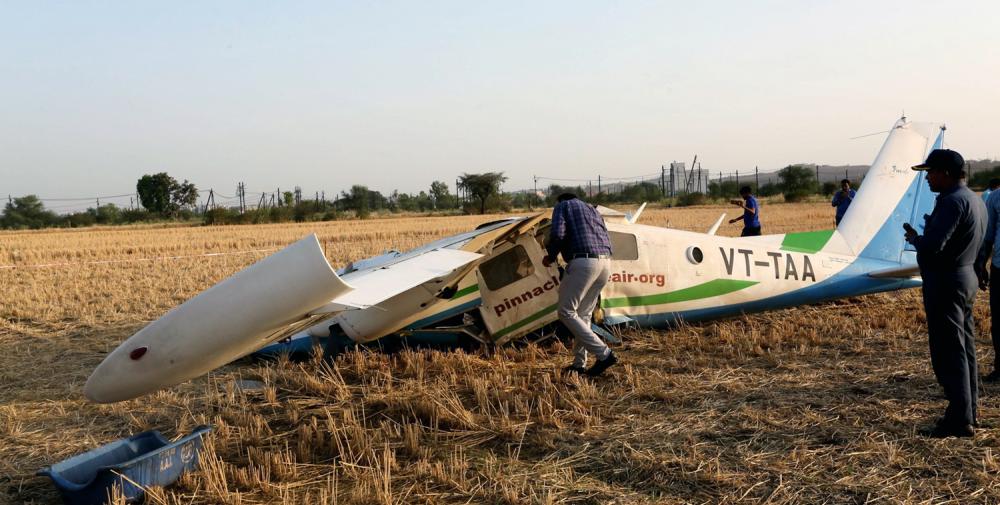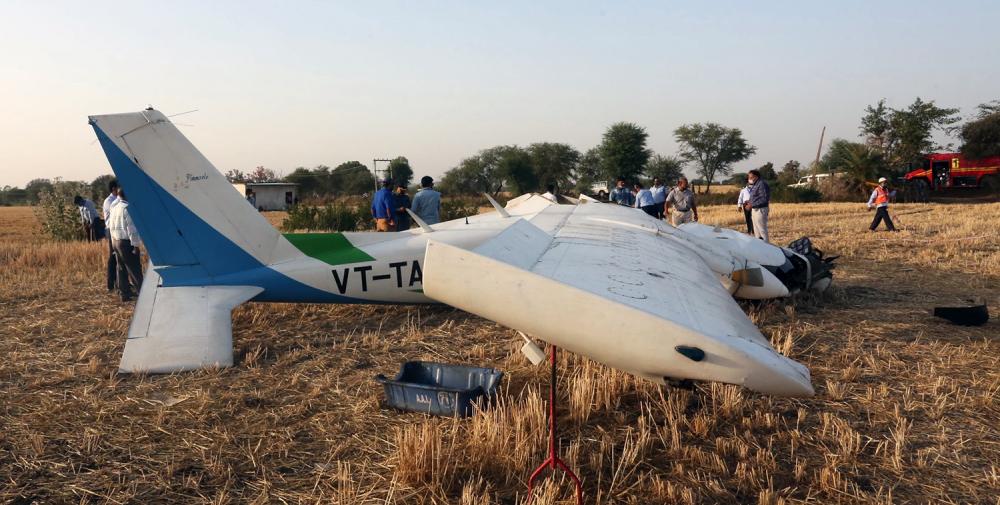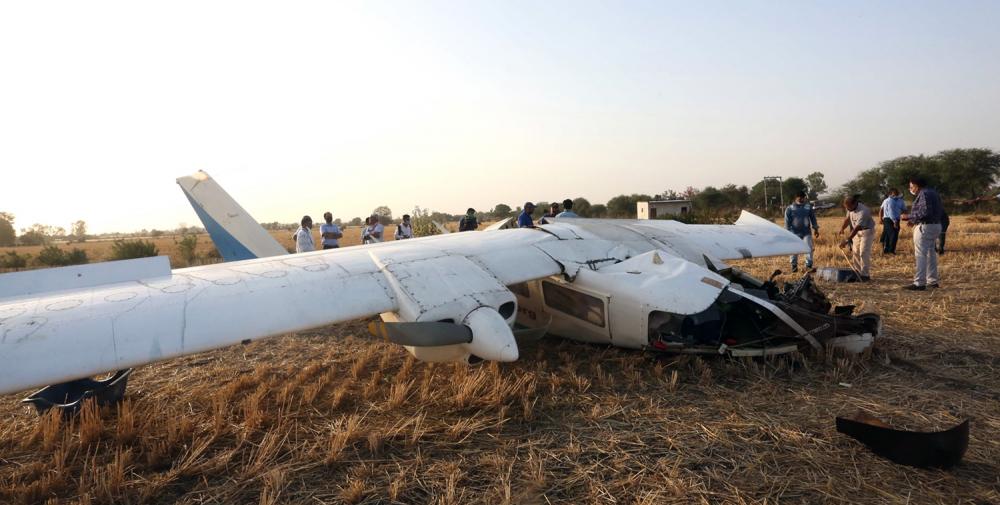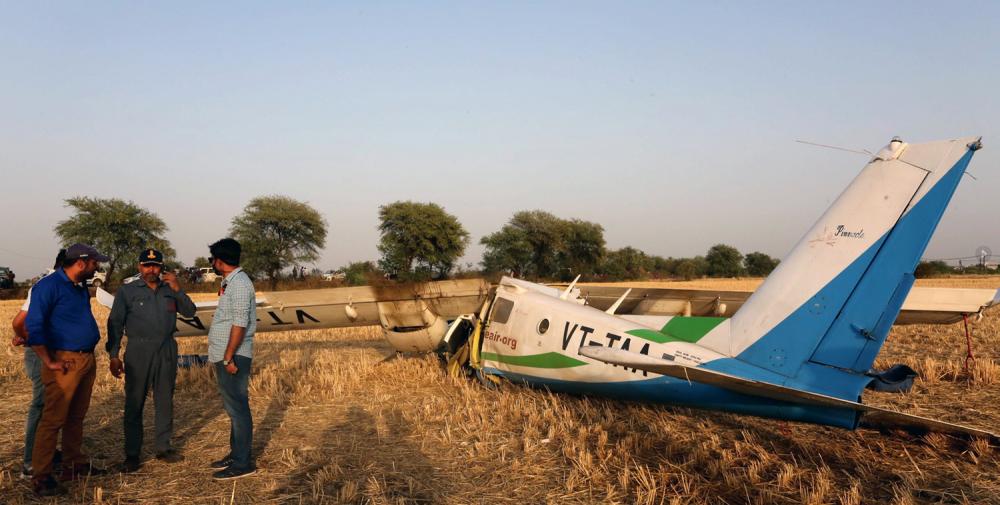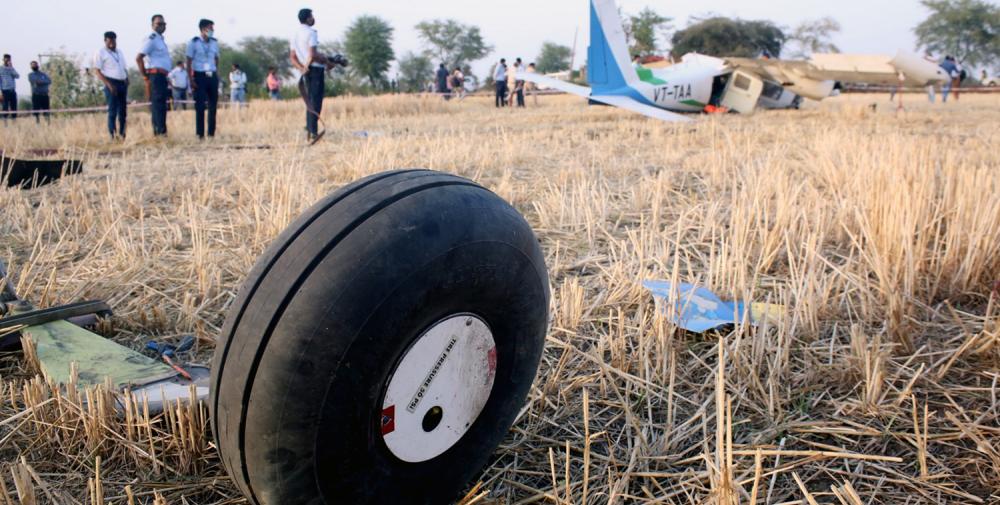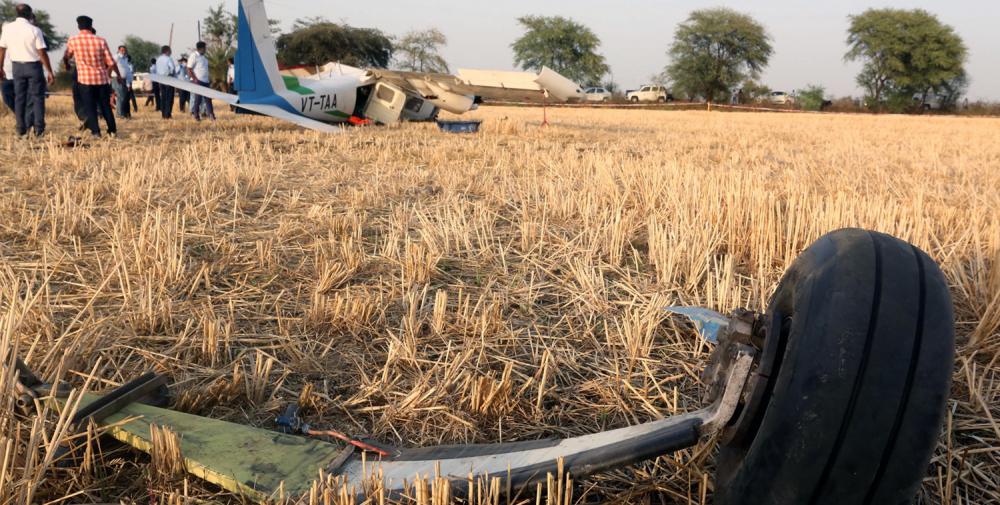Date & Time:
Mar 27, 2021 at 1605 LT
Type of aircraft:
Partenavia P.68
Registration:
VT-TAA
Flight Phase:
Takeoff (climb)
Flight Type:
Private
Survivors:
Yes
Schedule:
Bhopal - Guna
MSN:
398-07-OB2
YOM:
1994
Country:
India
Region:
Asia
Crew on board:
2
Crew fatalities:
0
Pax on board:
1
Pax fatalities:
0
Other fatalities:
0
Total fatalities:
0
Captain / Total hours on type:
472
Copilot / Total hours on type:
220
Aircraft flight hours:
2835
Circumstances:
The aircraft was under the command of a CPL holder pilot-in-command (PIC), who was Pilot Flying (PF). PIC was assisted by a CPL holder copilot, who was pilot monitoring (PM). One passenger (Director of Operations M/s PAPL) was also onboard. The aircraft took off from Bhopal airport uneventfully. After takeoff, at about 20 NM, the crew observed abnormal noise followed by low oil pressure and high oil temperature indication on aircraft’s LH engine. Crew assessed the situation and decided to turn back to Bhopal. The crew however, reported to ATC Bhopal that they are returning back due to wind and turbulence. While returning, crew shutdown the LH engine. Post LH engine shut down, crew gave a call to ATC, Bhopal requested to land the aircraft on the taxiway (disuse runway). ATC did not agree to the request, as there was no cross runway at Bhopal. The ATC was also not made aware of the prevailing emergency situation by the crew. When ATC declined the request, the crew informed ATC, that they might be doing force landing. ATC Bhopal immediately responded and asked the crew to land on Runway 12. However, the crew carried out a force landing in an agriculture field approximately 3 NM from Bhopal Airport. During the force landing, the PIC received serious injury and the copilot and passenger received minor injuries.The aircraft sustained substantial damages.
Probable cause:
The probable cause of the accident was Oil leak from the LH engine during the flight. Consequently, oil starvation and lack of lubrication resulted in excessive heat generation amongst the frictional components. Due to excessive heat, the bearing of no. 4 piston connecting rod failed and broke into pieces. However, the root cause of the LH engine oil leak could not be conclusively established. Subsequent to LH engine seizure, the crew did not follow the emergency procedures for single engine operation and took a decision to come for landing with single engine (RH). The crew further aggravated the emergency situation by not communicating the actual reason with ATC, displaying gross lack of situational awareness in handling the emergency. Crew estimated that they cannot reach the airport runway due to the low altitude and force landed the aircraft before the airport.
Final Report:
VT-TAA.pdf14.62 MB
